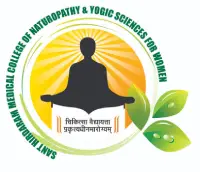Department of Modern Diagonosis & First Aid
In clinical practice doctors personally assess patients in order to diagnose, treat, and prevent disease using clinical judgment. Basic diagnostic medical devices (e.g. stethoscope, sphygmomanometer) are typically used. After examination for signs and interviewing for symptoms, the doctor may order medical tests (e.g. blood tests), or prescribe relevant therapies. Differential diagnosis methods help to rule out conditions based on the information provided.
First aid is the provision of initial care for an illness or injury, to a sick or injured casualty until definitive medical treatment can be accessed. It generally consists of a series of simple and in some cases, potentially life-saving techniques that an individual can be trained to perform with minimal equipment. First aid training also involves the prevention of initial injury and responder safety, and the treatment phases.
Aims
The key aims of first aid are • Preserve life – • Prevent further harm • Promote recovery
Teaching Hours – 300 hours in 11/2 year (Theory – 150 hours; Practicals – 150 hours)

